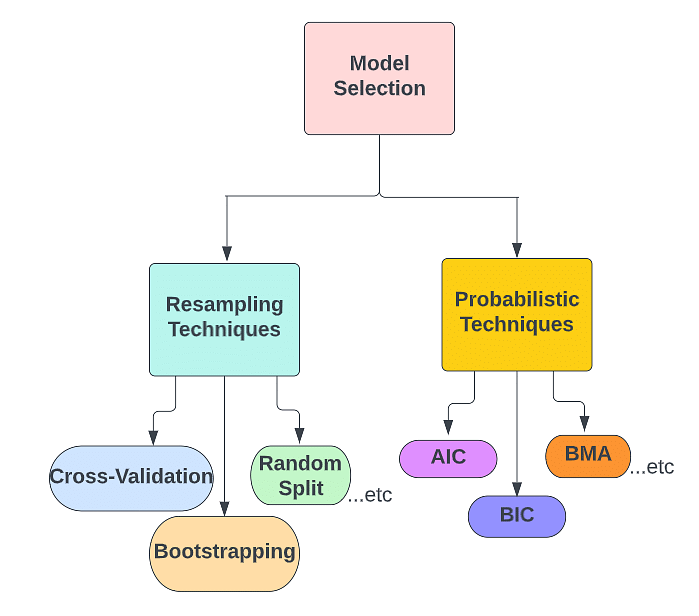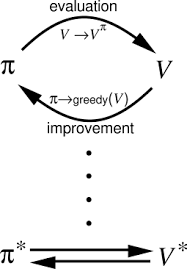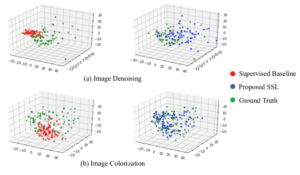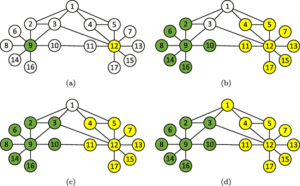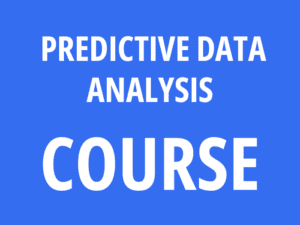A Brief History: Who Developed It?
Ensemble learning, introduced in the 1990s, revolutionised machine learning by enhancing predictive accuracy. Researchers like Thomas Dietterich and Leo Breiman demonstrated how combining models ensures robust results. This innovation transformed how data science addresses complex challenges in diverse fields.
What Is Ensemble Learning?
Think of a coach assembling the best players for a winning strategy. Ensemble learning works similarly: it evaluates various models, selects the strongest performers, and combines them into a powerful predictive system.
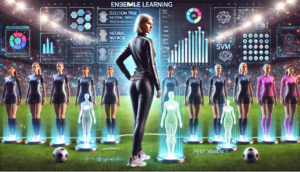
Why Is It Used? What Challenges Does It Address?
Ensemble learning tackles key challenges in model selection:
- Increased Predictive Accuracy: Combines model outputs to minimise errors.
- Enhanced Reliability: Handles noisy, diverse datasets with consistency.
- Better Generalisation: Reduces overfitting by integrating diverse algorithms.
Without ensemble learning, relying on a single model may lead to biased or unreliable predictions, especially with complex datasets.
How Is Ensemble Learning Used?
The process of ensemble learning involves:
- Training Multiple Models: Train models such as decision trees, neural networks, or other algorithms on the dataset.
- Evaluating Model Metrics: Assess metrics like precision, recall, and accuracy for each model.
- Combining Top Models: Create an ensemble using the best-performing models for superior results.
This approach ensures a unified system capable of addressing diverse data challenges effectively.
Different Types of Ensemble Learning
Ensemble learning offers various techniques for model selection, including:
- Bagging: Aggregates predictions from multiple instances of the same algorithm using varied dataset samples.
- Boosting: Sequentially improves weak models by focusing on their errors.
- Stacking: Combines outputs from various algorithms using a meta-model for optimal predictions.
Key Features of Ensemble Learning
Ensemble learning offers the following key features:
- Customisability: Includes various algorithms to meet unique requirements.
- Flexibility: Easily adapts to both classification and regression tasks.
- Scalability: Efficiently handles datasets of all sizes.
Popular Tools for Ensemble Learning
Several tools make implementing ensemble models straightforward:
- Scikit-learn (Python): Includes BaggingClassifier, AdaBoost, and StackingClassifier.
- H2O.ai: Provides automated solutions for ensemble learning.
- R Libraries: Packages like caretEnsemble and randomForest simplify implementation.
Applications of Ensemble Learning in Australian Government Agencies
Ensemble learning has proven effective in various sectors, including:
- Healthcare Predictions:
- Application: Using ensemble models to forecast patient recovery trends with precision.
- Traffic Management:
- Application: Combining models to predict congestion patterns and improve infrastructure planning.
- Economic Policy Analysis:
- Application: Aggregating outputs from financial models to accurately assess policy impacts.
Conclusion
Ensemble learning has revolutionised machine learning by combining multiple models to improve predictive accuracy, reliability, and scalability. Its versatility makes it indispensable in fields such as healthcare, traffic management, and economic policy analysis. With advanced tools like Scikit-learn and H2O.ai, implementing ensemble learning is accessible to researchers and practitioners alike.
How interested are you in uncovering even more about this topic? Our next article dives deeper into [insert next topic], unravelling insights you won’t want to miss. Stay curious and take the next step with us!


